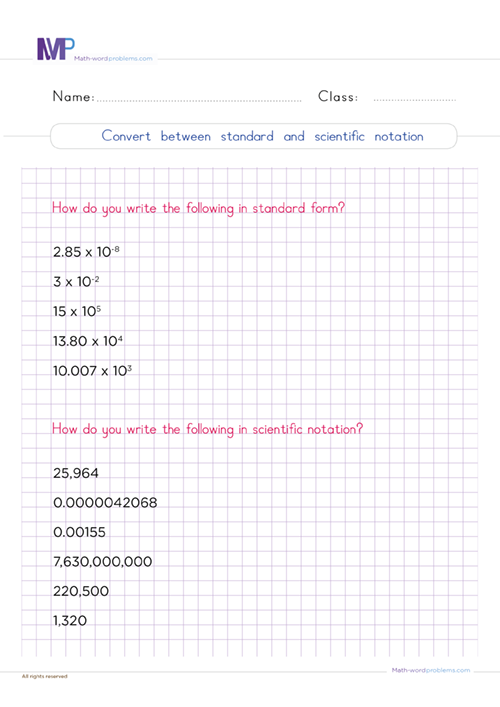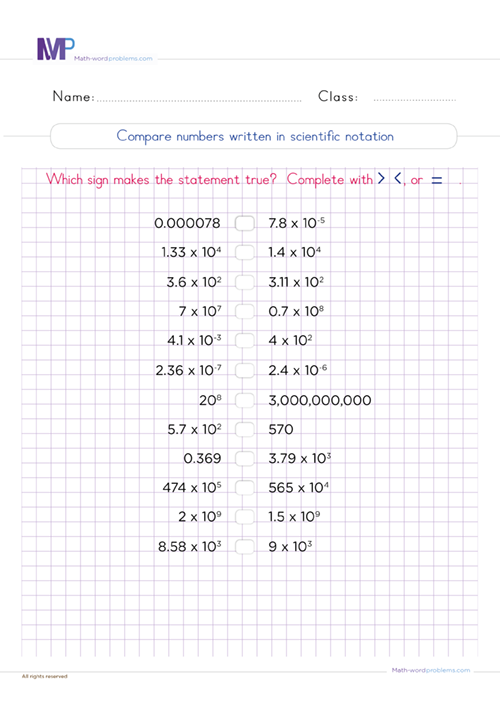 How to find the least common multiple (LCM) word problems
How to find the least common multiple (LCM) word problems
Hey kids! Let us practice how to find the least common multiply (LCM) word problems the easiest way and upgrade their problem-solving performance so that they will become successful problem solvers.
Kids often fail to perform a deep-structure analysis of the interrelationships among the words in the word problem and the context. That is why this outstanding guide is here to discourage the notion of kids always focusing on the operation to use each time they encounter a word problem. However, we want to encourage the importance of a conceptual understanding to establish the necessary knowledge they need to solve word problems.
Steps on how to find the lcm word problems
Right here are straightforward steps on how to find the LCM word problems. These steps emphasize that kids must create a complete mental representation of the problem so that they can easily retrieve the vital information they need to solve the word problem.
Besides, we will provide first-hand support for problem-solving instruction, such as the explicit outline-based strategy below.
Step 1: IDENTIFY:
Start by reading the whole problem very carefully and identify exactly what the problem wants you to solve. You can also use the keywords found in the word problem to help you in identifying the operation that you are supposed to carry out easily.
When finding the LCM, these are some of the general keywords that you’ll come across in the word problem: - least, minimum, smallest, lowest, etc.
Another clue to know if you are going to find the LCM in a word problem is when the problem present itself as an event that will repeat itself, when the word “every” appears in the word problem, etc.
- ***One key Element for learners to understand is that they should not always rely on keywords alone. That is to say; the same keyword can have different meanings in different word problems.
- For this reason, we reiterate on the importance of reading the question very carefully to understand the situation that the word problem is describing, then figure out exactly which operation to use***
Step 2: STRATEGIZE:
At this stage, you should ask yourself this question “how am I going to solve the problem?”
- As you already know, from the keyword(s) in the word problem, you will know if you are going to look for the LCM or not.
- But then you must not count wholly on keywords. Always try to understand the situation that the problem is describing very well before you start solving it.
- At this point, after knowing which operation you are going to perform, Construct short expressions/sentences to represent the given word problem.
Step 3: SET UP:
Now, write down a numerical expression that represents the information given in the word problem.
Step 4: PROVIDE A SOLUTION:
From step 3 above, find the LCM by using any of the method listed below:
- Listing the multiples method,
- Prime factorization method,
- Division method,
- The tree factor and column method
Step 5: CHECK YOUR WORK:
Finally, ask yourself this question. Does my answer make sense? If “YES”, you are done. If “NO”, go back to step 1 and start all over again.
Finally, ask yourself this question. “Does my answer make sense?” If “YES”, you are done. If “NO”, go back to step 1 and start all over again.
OR
You can always do this by solving to proof your answer as shown in the attached example below.
Examples on how to find the LCM word problems
Step 1: First, after reading the problem very carefully, you see that the important numbers here 15 and 40. Also the keyword or the clue found in the word problem is “every”.
Step 2: Next, how will you solve the problem? As you can see, the situation the problem is describing is repeating events and the keyword/clue found in the word problem indicates that you need to find the LCM.
Now, after knowing this, form short sentences to represent the given word problem.
- One tap drips every 15 seconds.
- The other tap drips every 40 seconds.
- Therefore, the number of seconds that will pass before both taps drip at the same time = LCM of 15 and 40.
Merge Step 3 and 4: when dealing with the LCM, step 3 and 4 are best understood when merged.:
Now go ahead to find the LCM of 15 and 40 by using the listing multiples method.
- Firstly, find the multiples of 15 and 40.
15 = 15, 30, 45, 60, 75, 90, 105, 120, 135, 150, 165, 180, 195, 210, 225, 240, 255 …
40 = 40, 80, 120, 200, 240, 280, 320,360,400, 440, 480, 880… - Secondly, find and highlight the common multiples.
15 = 15, 30, 45, 60, 75, 90, 105, 120, 135, 150, 165, 180, 195, 210, 225, 240, 255 …
40 = 40, 80, 120, 200, 240, 280, 320,360,400, 440, 480, 880… - Thirdly, the common multiples of 15 and 40 are 120, 240, …
- Finally the smallest number is the least common multiple of 15 and 40 which is 120.
So, 120 seconds will pass before both taps drip at the same time.
Step 5: Finally, check out your work i.e. if the answer makes sense. You can do this as shown below.
To check if your answer is correct, divide the least common multiple of 15 and 40 by the two taps given in the word problem.
Result: 120 ÷ 2 = 60
Then if you multiple the result by 2 (the two taps) and it gives you the least multiple of 15 and 40, it implies that your answer is correct.
60 × 2 = 120
So, since the final answer is equal to the LCM of 15 and 40, it implies that your answer is correct and makes sense.




